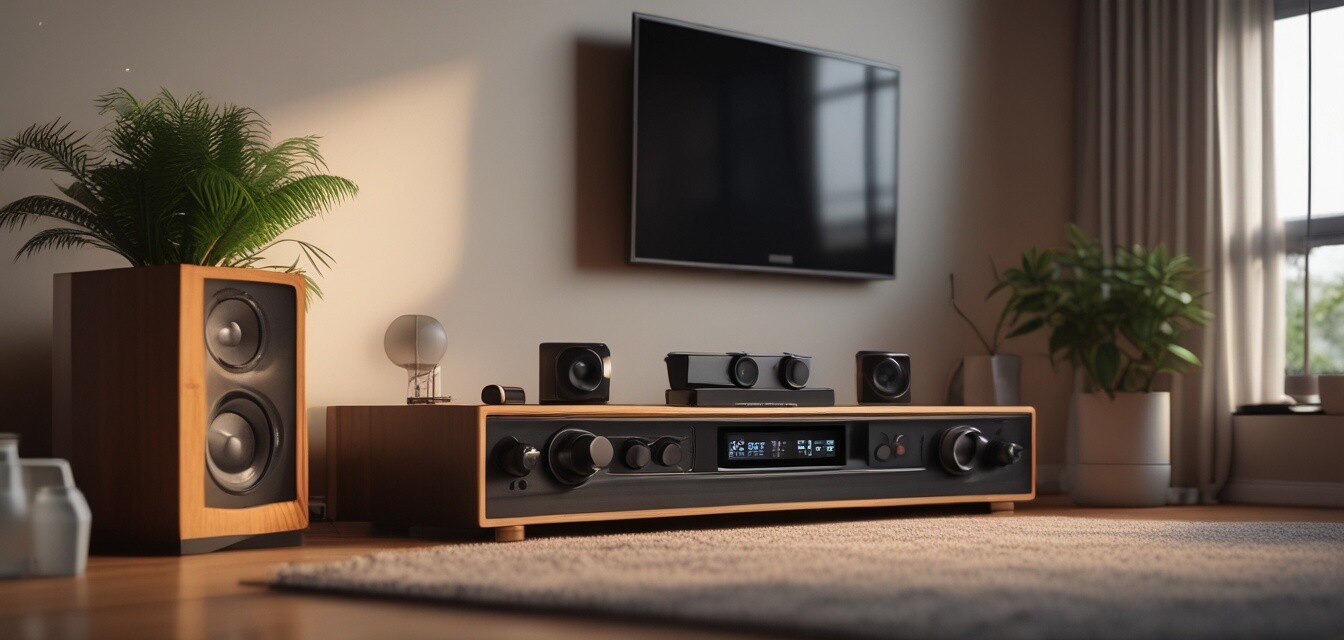
Changes in consumer audio preferences post-pandemic
Key Takeaways
- Increased demand for wireless and portable audio devices.
- Rise of home studios and remote working impacting audio consumption.
- Prioritization of sound quality over brand loyalty.
- Emergence of subscription-based audio services.
- Focus on eco-friendly audio gadgets gaining traction.
The COVID-19 pandemic has profoundly influenced consumer habits, including how people listen to audio. As remote work and social distancing measures took hold, audio preferences shifted significantly. In this article, we delve into the evolving landscape of consumer audio preferences and examine the trends shaping our listening habits today.
Impact of the pandemic on audio consumption
As lockdowns forced people to stay indoors, many turned to audio entertainment for relaxation and escapism. This change in lifestyle brought about a shift in how consumers engage with audio devices and content. Let’s explore some key changes:
Increased demand for wireless and portable audio devices
With a growing focus on convenience and mobility, wireless audio gadgets have seen a surge in popularity. The reasons include:
- Flexibility for users who often move around their homes.
- Ease of connection with multiple devices.
- Comfort without the hassle of tangled wires.
Rise of home studios and remote working
The shift to remote work led many to invest in better audio equipment for communication and content creation. This included:
- High-quality microphones for calls and virtual meetings.
- Premium audio interfaces for creators and podcasters.
- Soundproofing solutions in home office setups.
Prioritization of sound quality
As consumers became more discerning, sound quality became paramount. Here are some notable trends:
| Feature | Importance Level |
|---|---|
| Audio clarity | High |
| Bass response | Medium |
| Battery life | High |
| Durability | Medium |
Consumers are now choosing audio gadgets that not only provide exceptional sound quality but also durability and longevity, actively researching brands and technical specifications before purchasing.
Emergence of subscription-based audio services
With more time spent indoors, subscription services for music and podcasts gained immense traction. This development translates to:
- Increased engagement with various audio content.
- Willingness to explore niche genres and independent artists.
- Integration of audio services with social media platforms.
Focus on eco-friendly audio gadgets
As consumers become more environmentally conscious, there's a noticeable shift towards sustainability in audio devices:
- Demand for products made from recycled materials.
- Interest in brands committed to reducing their carbon footprint.
- Preference for gadgets with eco-friendly packaging.
Overall impact on the electronics market
The implications of these shifts extend beyond consumer behavior. The audio industry is adapting through:
- Innovative product designs to meet new preferences.
- Enhanced marketing strategies focusing on quality and sustainability.
- Increased variety in audio gadgets catering to diverse lifestyles.
Conclusion
The pandemic has catalyzed a transformation in consumer audio preferences, with a significant tilt towards flexibility, quality, and sustainability. As we continue to adapt to new norms, understanding these changes is essential for both consumers and industry players alike. For more insights, check out our buying guides or explore the latest trends in news and trends.
Pros
- Improved convenience with wireless gadgets.
- High-quality audio options enhance user experience.
- Increase in content variety through subscription models.
- More sustainable choices available for eco-conscious consumers.
Cons
- Higher price point for quality audio devices.
- Potential for overwhelming choices and brand confusion.
- Reliance on technology may reduce traditional audio engagement.
